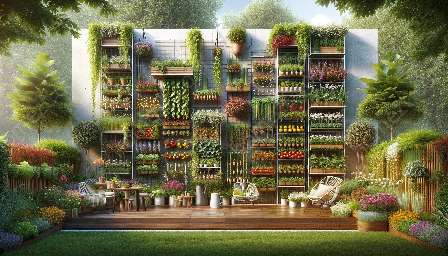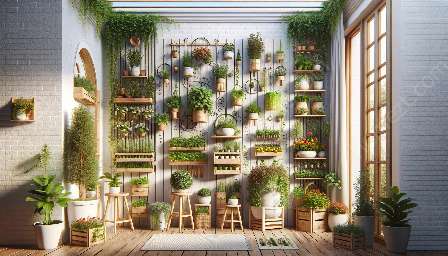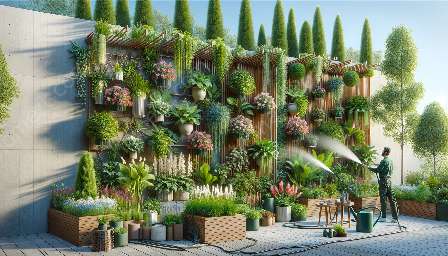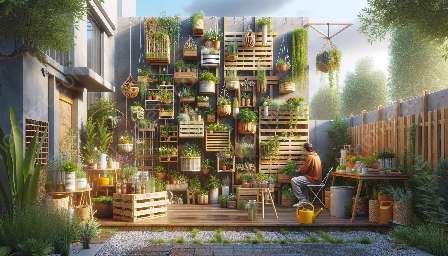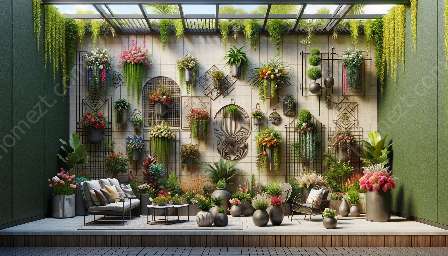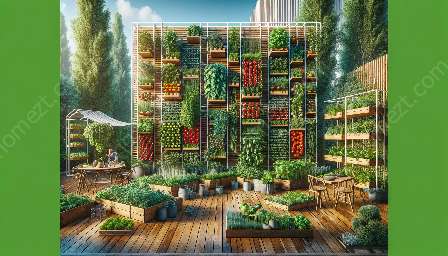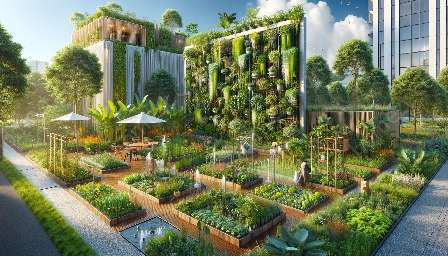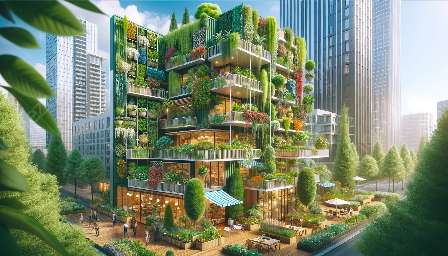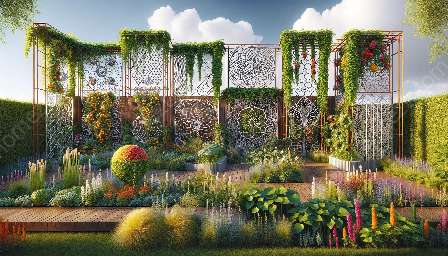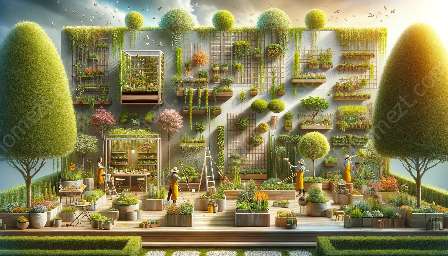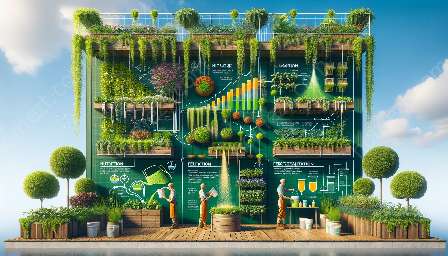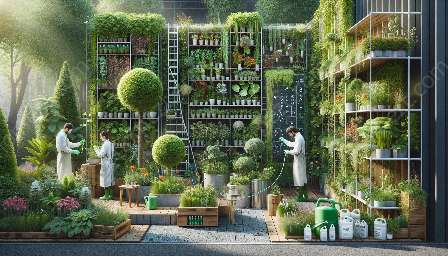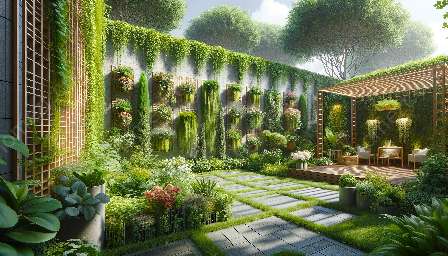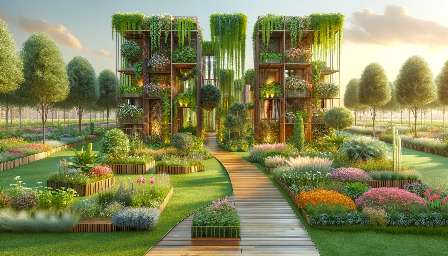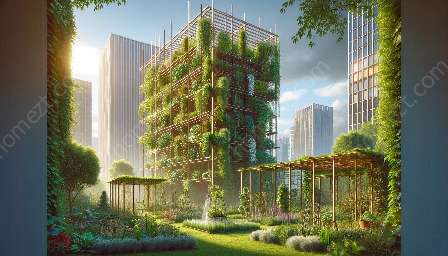Vertical gardening is a captivating way to make the most of limited space and create stunning displays of plants and flowers. By using trellises and other structures, you can bring new dimensions to your garden and explore innovative techniques for cultivating your favorite plants. In this comprehensive guide, we'll explore the basic principles of vertical gardening and learn how to incorporate trellises into your garden to create an attractive and sustainable environment.
Understanding the Core Concepts of Vertical Gardening
Vertical gardening involves growing plants upward instead of outward, which makes it an ideal solution for small spaces and urban environments. By utilizing trellises, wall-mounted planters, and other structures, you can maximize your growing area and create a lush oasis in even the most compact spaces. Understanding the core concepts of vertical gardening is crucial for success, and it all starts with selecting the right plants, understanding their growth habits, and providing the necessary support for vertical growth.
Choosing the Right Plants for Vertical Gardening
Not all plants are suitable for vertical gardening, so it's essential to choose varieties that thrive in these conditions. Vining plants, such as tomatoes, cucumbers, and climbing roses, are excellent choices for vertical gardens. Additionally, compact and trailing plants, such as herbs, succulents, and trailing flowers, can also thrive in vertical environments. When selecting plants, consider their growth habits, light requirements, and water needs to ensure they will flourish in your vertical garden.
Integrating Trellises into Your Garden Design
Trellises are fundamental to successful vertical gardening, providing support for climbing plants and creating a framework for stunning displays. Whether you opt for traditional wooden trellises, modern metal structures, or DIY solutions, trellises can transform your garden into a vibrant vertical paradise. When integrating trellises into your garden design, consider the overall aesthetic and the needs of your plants. Properly anchored and strategically placed trellises will enhance the visual appeal of your garden and provide essential support for vertical growth.
Space-Saving Techniques for Vertical Gardening
One of the primary benefits of vertical gardening is its space-saving potential. By utilizing trellises and vertical planters, you can maximize your growing area and cultivate a diverse range of plants in a small footprint. Implementing space-saving techniques, such as utilizing hanging planters, stacking containers, and incorporating vertical structures, allows you to create a flourishing garden in an efficient and sustainable manner.
Sustainable Practices in Vertical Gardening
Implementing sustainable practices in vertical gardening is essential for creating an environmentally friendly and thriving garden. Consider using recycled materials for your trellises and vertical structures, implementing water-efficient irrigation systems, and choosing native and drought-tolerant plants to minimize environmental impact. By adopting sustainable practices, you can create a beautiful and eco-friendly vertical garden that enhances your outdoor space while minimizing resource consumption.
Creating a Stunning Vertical Garden
With the basic principles of vertical gardening in mind, you're ready to embark on a journey of creating a stunning and sustainable vertical garden. By carefully selecting plants, integrating trellises and other vertical structures, and implementing space-saving and sustainable techniques, you can transform any outdoor space into a vibrant and captivating garden oasis. Embrace the creativity and versatility of vertical gardening to craft a unique and inspiring environment that will delight you and your visitors for years to come.

